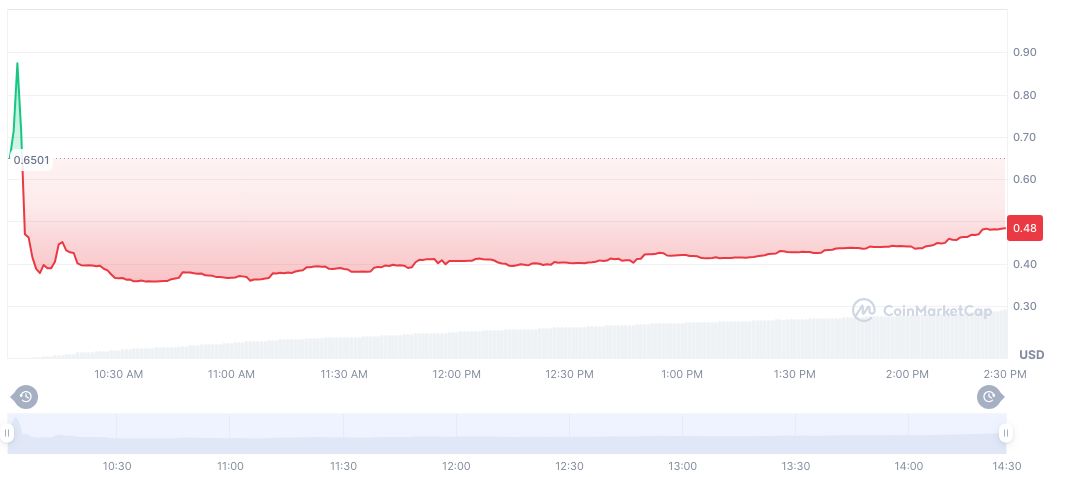- Binance launches WALUSDT contract with up to 25x leverage.
- Launch scheduled for March 27, 2025, 15:30 UTC.
- Supports Multi-Assets Mode, allowing BTC as collateral.
Binance announced the launch of the WALUSDT perpetual contract on March 27, 2025, at 15:30 (UTC), offering up to 25x leverage.
This launch marks a significant expansion in Binance’s futures offerings, potentially impacting trading volumes and market dynamics.
Binance WALUSDT Contract: 25x Leverage Explained
The WALUSDT perpetual contract is the latest addition to Binance’s portfolio, scheduled for launch on March 27, 2025, at 15:30 (UTC). The contract permits leverage up to 25 times, with decision-making announced through Binance’s official channels. This offering is expected to enhance the diversity of trading tools on Binance’s platform.
New leverage conditions offer opportunities for traders to capitalize on market movements with up to 25x leverage. This instrument allows Multi-Assets Mode, letting traders use Bitcoin as collateral. These adjustments could potentially attract a broader range of cryptocurrency traders.
“To expand the list of trading choices offered on Binance Futures and enhance users’ trading experience, Binance Futures will launch the following perpetual contract as below: 2025-03-27 15:30 (UTC): WALUSDT Perpetual Contract with up to 25x leverage.” — Binance Team, Official Announcement, Binance
Walrus Token Dynamics and Market Expectations
Did you know? Binance’s introduction of perpetual contracts has aimed at providing more flexibility and leveraged trading options, mirroring earlier expansions that included the BRUSDT and PLUMEUSDT contracts launched earlier in March 2025.
According to CoinMarketCap, the Walrus (WAL) token currently trades at $0.49, experiencing a 24.48% decline over recent durations. With no active market cap, the fully diluted valuation surpasses $2.45 billion. Recent trading volumes rose by 174,657.26%, highlighting variable investor interest.

Experts from the Coincu research team, indicate that such volatility may influence regulatory scrutiny. Predictive analyses based on previous contracts suggest heightened risk, which could pressure financial authorities to monitor leveraged trades more stringently. Technological advancements, however, continue to offer avenues for improved trading conditions.























